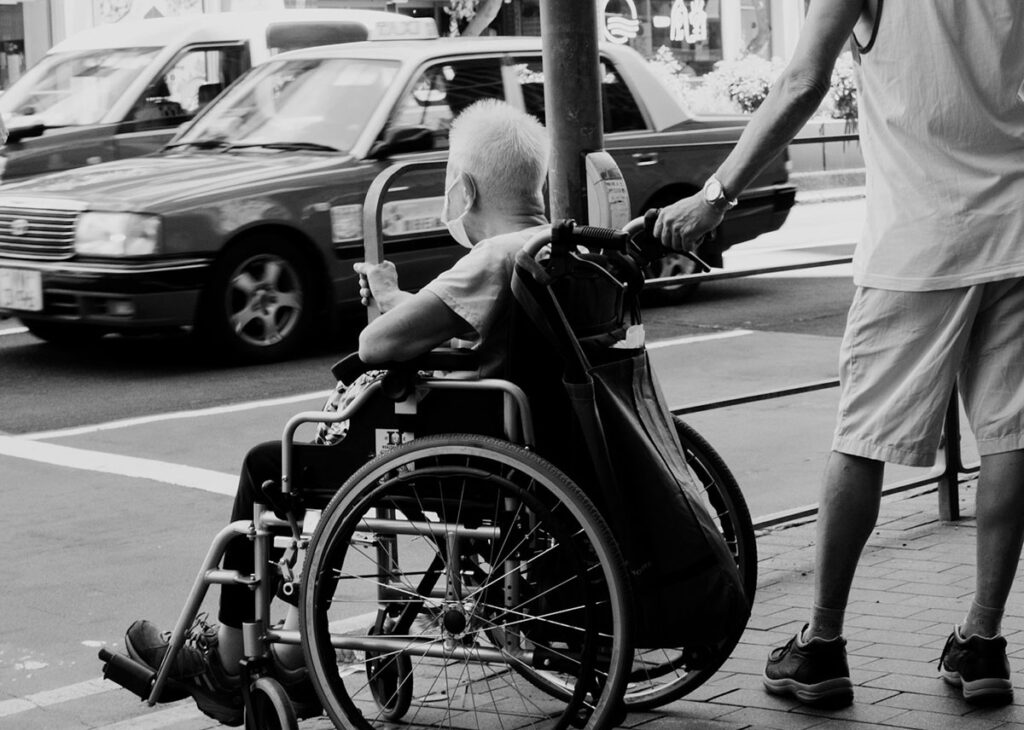Exclusion and Resistance in the Epicenter of COVID-19
New York City, one of the earliest and hardest-hit epicenters of COVID-19, was also a crucible for a public health reckoning on disability justice. How to Be Disabled in a Pandemic, an open-access volume published by NYU Press, captures the lived experiences, activism, and systemic neglect faced by disabled and chronically ill New Yorkers during the pandemic’s first four years. Drawing on contributions from disability scholars, artists, incarcerated individuals, and community organizers, the book is both a vivid archive and a policy critique.
The work argues persuasively that COVID-19 was not only a pandemic but a “mass disabling event”—a term that mainstream narratives have often dismissed or downplayed. Through ethnography, policy analysis, and first-person accounts, the contributors chart a city and a society that repeatedly marginalized disabled individuals, even as those very communities led innovative responses grounded in solidarity and survival.
Disability and the Biopolitics of Pandemic Response
The volume reveals a deep structural hierarchy in how disability was treated during the pandemic. Contributors document how disabled individuals in congregate settings—prisons, shelters, nursing homes, detention centers—were disproportionately exposed to risk and, too often, death. They describe how terms like “vulnerability” became euphemisms for managed neglect, as policymakers used disability to justify coercive population controls, from involuntary hospitalizations to medical rationing plans.
The ventilator triage protocols, as detailed by editor Mara Mills, exemplify how disability status became a proxy for disposability in crisis care. Meanwhile, disabled students lost essential services, blind residents struggled with inaccessible testing tools, and disabled workers—especially women of color in care roles—were overrepresented among the casualties and underrepresented in policymaking.
#DisabledPeopleToldYou: Crisis Expertise and Grassroots Innovation
From the pandemic’s earliest days, disabled activists mobilized mutual aid networks, developed digital infrastructures for care, and published widely shared survival guides. Hashtags like #DisabledPeopleToldYou and #MyDisabledLifeIsWorthy captured the dual roles disabled people were forced to play: both subjects of crisis and leaders in response.
Crucially, the book makes visible what it calls the “disability dialectic”: the simultaneous experience of disproportionate harm and unparalleled ingenuity. This included everything from organizing Crip Funds for resource distribution to producing pandemic art that reframed rest as resistance. Long COVID, described by Ed Yong in the foreword as a “disability hinterland,” not only mirrored earlier chronic illness experiences but also created new disability coalitions drawing on decades of expertise within ME/CFS, autism, and accessibility activism.
A National Imperative: Why Disability Justice is Central to Public Health and Security
For policymakers and the general public alike, How to Be Disabled in a Pandemic delivers an urgent message: pandemics expose and exacerbate preexisting social inequities. When disabled people are sidelined in pandemic planning, the nation is weakened, not strengthened. The CDC’s own framework centers equity as the hub of public health—a goal undermined when immunocompromised people are excluded from workplace, transit, or school safety measures.
U.S. pandemic preparedness has too often defaulted to a biomedical model, focusing narrowly on vaccines and antiviral drugs. But, as the book argues, disabled lives require social protections as well: accessible communication, paid sick leave, universal health care, and community-based care infrastructures. The failure to integrate these into a coherent public health strategy places all Americans at greater risk, particularly in future pandemics.
Lessons for the Global Health Security Community
This volume is not merely a retrospective. It provides a framework for integrating disability justice into future health crises—an urgent mandate for governments, global health agencies, and humanitarian actors. From institutional design to emergency response, it urges planners to move beyond the rhetoric of inclusion to structurally embed disabled people’s leadership, needs, and knowledge into every layer of crisis preparedness and response.
The contributors also point to the dangers of what they call “carewashing”—the rhetorical use of “care” to justify coercive or harmful policies, such as involuntary hospitalization or punitive surveillance of unhoused and disabled people. Countering this, the book emphasizes mutual aid, access intimacy, and “crip doulaing” as radical models of community-led care and resilience.
How to Be Disabled in a Pandemic is essential reading for public health professionals, epidemiologists, health equity advocates, and global biosecurity stakeholders. It reminds us that disability is not a niche issue or a side note to pandemic response—it is central to it. As the world prepares for future health emergencies, the lessons from disabled New Yorkers must inform new norms of care, accountability, and preparedness.


